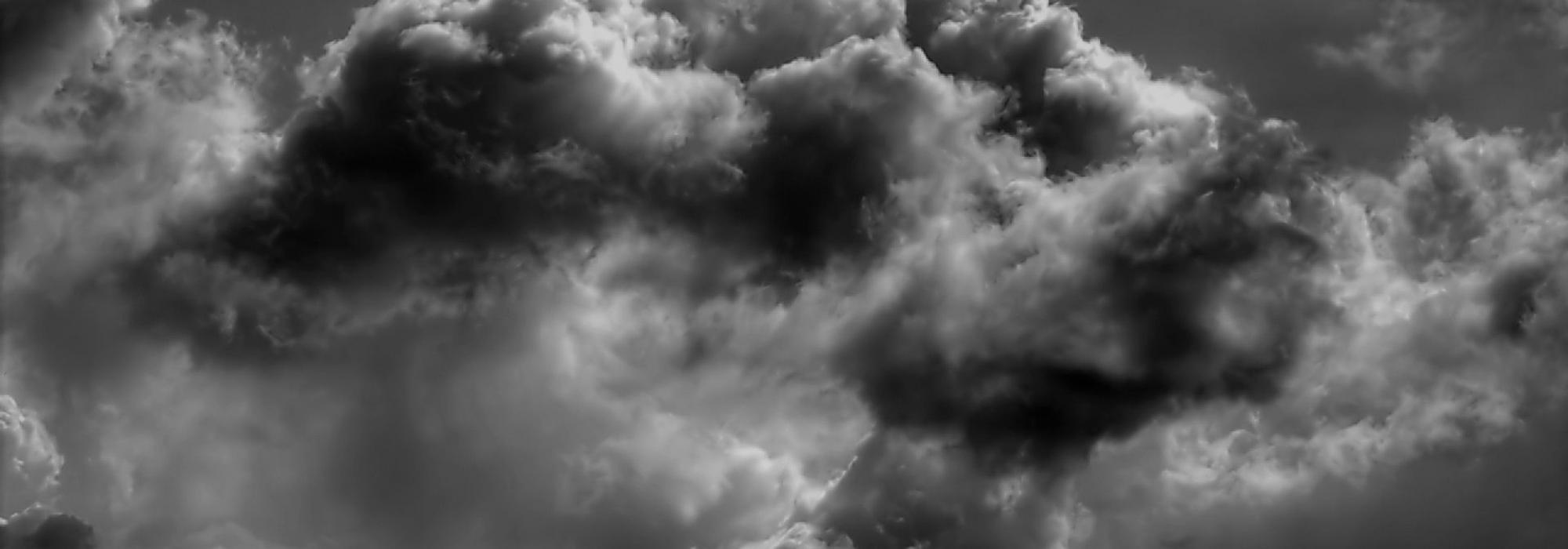Though instantly smitten, Śāṇḍilya realises he needs to be rich once he comes to know that she is a courtesan! Meanwhile the Yamapuruṣa, invisible to everyone, arrives and waits for the right time to do his master’s bidding. When Vasantasenā wants to pluck some of the shoots of the Aśoka tree, the Yamapuruṣa disguises himself as a snake and bites her. She loses consciousness. Parabhṛtikā laments her loss and is about to venture out to bring Vasantasenā’s mother. Meanwhile Śāṇḍilya too is sad and implores Parivrājaka to share his sorrow. When he says that life is transient, he scolds him as stone hearted and goes to the courtesan. Parabhṛtikā convinced that Śāṇḍilya would not desert Vasantasenā, goes to bring Vasantasenā’s mother. Parivrājaka tries to convince him of the futility of life and fails. Finally he decides to take a different route, he enters samādhi, does parakāyapraveśa, and transfers himself to Vasantasenā’s body. Śāṇḍilya is delighted to see Vasantasenā alive but is aghast when ‘she’ scolds him to be impure and also asks him to study. He turns to Parivrājaka only to see him dead. Meanwhile Parabhṛtikā enters with Mātā, mother of the courtesan. Vasantasenā scolds her mother too, saying not to touch and defile her! They both think that it is the effect of the venom. Madhukarikā also returns with Rāmilaka, he is also scolded and learns that her behaviour has been incoherent since she has been bitten by the snake. Parabhṛtikā runs and fetches the doctor. The doctor also isn’t spared! He goes back to bring the specialist who is a snake doctor! Yamapuruṣa meanwhile returns after being scolded by Yama for his mistake and sees that Vasantasenā is reanimated! Understanding the situation, he places the ātma of Vasantasenā in the body of the Parivrājaka and exits. Parivrājaka gets up calling for Parabhṛtikā and Rāmilaka. Parivrājaka wants to embrace Rāmilaka and also pines for a drink, much to the anguish of Śāṇḍilya who is surprised and disgusted seeing his preceptor’s behaviour. Exasperated, he exclaims that this is neither the Bhagavān, nor the Ajjukā, it is indeed some dreadful combination of both, i.e. Bhagavad-ajjukam. When Mātā calls out for Vasantasenā, Parivrājaka answers. While all are perplexed, the snake doctor arrives armed with his book of cures. Vasantasenā debates with him on the types of poisons, corrects his grammar, instructs him on the effects of poisoning and sends him packing! Finally Yamapuruṣa following the orders of his master comes back and requests Parivrājaka to come out, exchanges both the ātmas, and exits. Vasantasenā exits with her mother, lover and attendants. When the mesmerised Śāṇḍilya asks Parivrājaka what all this means, he says that it is a long story which he would explain later. The play ends not with the bharatavākya as it usually happens but with a description of the sunset. One version has a bharatavākya which seems like a later addition.
Languages and Meters
Again for the sake of completion, here is the list of languages and meters used which is already given by Ramarathnam.
Metres: Anuṣṭup, Āryā, Indravajra, Upendravajra, Praharṣiṇī, Vaṃśasthā, Vasantatilakā, Mālinī, Śārdūlavikrīḍitā, Sragdharā.
Languages: Sanskrit, Prakrits - śaurasenī,
Critical appreciation
[The edition by Lockwood and Bhat is perhaps the only edition with a simple English translation which is available over the internet, and hence wherever there are some discrepancies we comment on it since some of them are way off the mark. Wherever we have such comments we quote from them verbatim except for changing diacritical marks. Another translation by J. A. B. van Buitenen uses archaic language and has too many literal translations, even the character names translated likewise, Parabhṛtikā → little cuckoo, etc.]
Unlike Matta-vilāsa which has a grand invocatory verse in Śārdūlavikrīḍitā, Bhagavad-ajjukam starts with a relatively tame looking verse in Āryā
त्वां पातु लक्षणाढ्यः
सुरवरमकुटेन्द्रचारुमणिघृष्टः।
रावणनमिताङ्गुष्ठो
रुद्रस्य सदर्चितः पादः ॥१॥[May Rudra's foot protect you! It is endowed with great qualities, is rubbed by the sapphires adorning the diadem of the best of the deities (when they prostrate before him), which possesses the toe which subdued Rāvaṇa, the king of asuras and is worshipped by the good people]
A seemingly benign verse, but there is a suggestion that the pāda of Rudra has the respect of both the devas and the asuras. It also suggests that while the devas bow down to him of their own accord, Rāvaṇa due to his arrogance was subdued and had his pride crushed before realising his strength.
Lockwood and Bhat in their introduction (page 7) provide an alternative explanation based on the premise that the invocatory verse should hint at the characters and the proceedings of the play. The explanation seems as bit stretched, resting upon the other meaning of Rāvaṇa i.e. lament, equating Śāṇḍilya to Rāvaṇa, Parivrājaka to Rudra.
Then the Sūtradhāra appears but with Vidūṣaka (a comedian) instead of Naṭī, which is interesting since Vidūṣaka is the comic character who we always see in full length dramas like the prakaraṇa. The Sūtradhāra asks him to check and confirm that there is none to overhear what he is about to say and expresses his happiness that an astrologer has prophesied that he would present the play in front of an august audience consisting of the king and earn a lot of fame and money. He then enumerates the types of plays and chooses prahasana as a sure shot way to name and fame since it is based on hāsya. Vidūṣaka ironically seems to be ignorant of it and asks him to mentor him. Ramaratnam opines that the allusion to the astrologer hints at the supernatural element of the play and the mentoring alludes to the preceptor-disciple element. We note that, here Vidūṣaka seems to be genuinely interested in learning but in the play Śāṇḍilya isn’t. Also Sūtradhāra here seems to rely on the astrologer’s words more than his own expertise. This sets the stage for the appearance of the Parivrājaka who is searching for his lazy disciple, Śāṇḍilya.













































